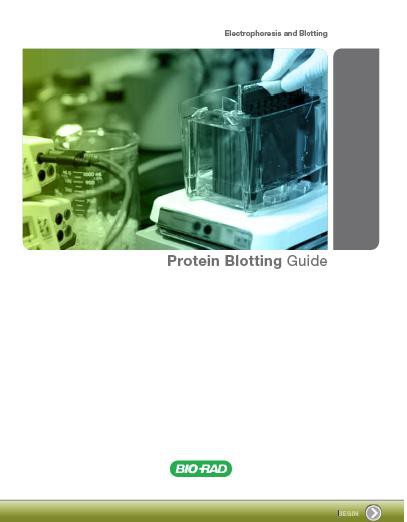Cholesterol is a waxy fat produced in the human body that is associated with both low-density lipoproteins (LDLs) and high-density lipoproteins (HDLs). Due to genetic predisposition and lifestyle factors such as diet and exercise habits, LDL-associated cholesterol (LDL-C), the “bad” form of cholesterol, can accumulate on arterial walls and harden to form a plaque, causing a narrowing and loss of elasticity in these blood vessels. This process, known as atherosclerosis, or hardening of the arteries, increases the risk of cardiovascular diseases like heart attack and stroke.
Dr Frederick Bauzon, a postdoctoral researcher in Dr Ronald Krauss’s lab at the Children’s Hospital Oakland Research Institute (CHORI), is investigating the role of a candidate gene associated with HMGCR transcript levels discovered in a linkage study. The gene expression levels are “reduced” using a small interfering RNA (siRNA) and the effects on expression of the low-density lipoprotein receptor protein (LDLR) are examined. The established mechanism is that reducing LDLR expression decreases the amount of available receptor protein, which normally binds LDLs circulating in the bloodstream and transports them back inside the cell. The pathway was discovered ~20 years ago and has been of interest in drug target development due to its regulating role.
Tags: Bio-Rad Laboratories, Criterion Stain Free, V3 Western Workflow















